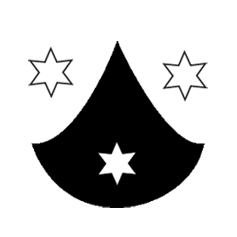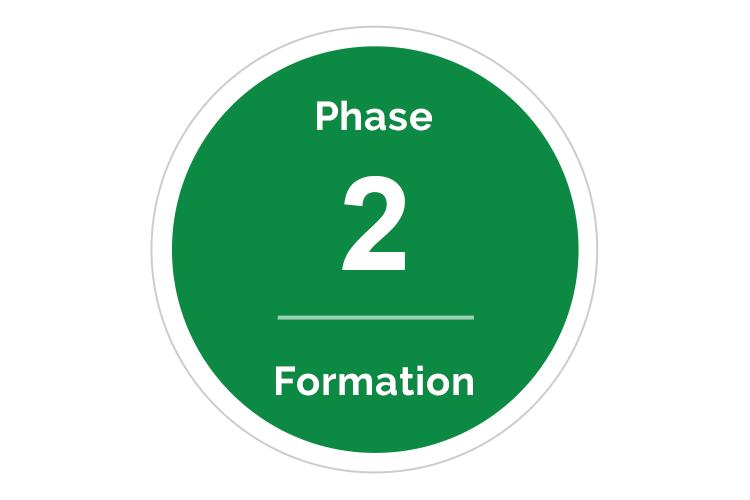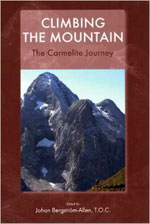Prayer for the Souls in Purgatory
Eternal Father, I offer Thee
the Most Precious Blood
of Thy Divine Son, Jesus,
in union with the Masses said
throughout the World today,
for all the Holy Souls in Purgatory,
for sinners everywhere,
for sinners in the Universal Church,
those in my own home and
within my family. Amen.





